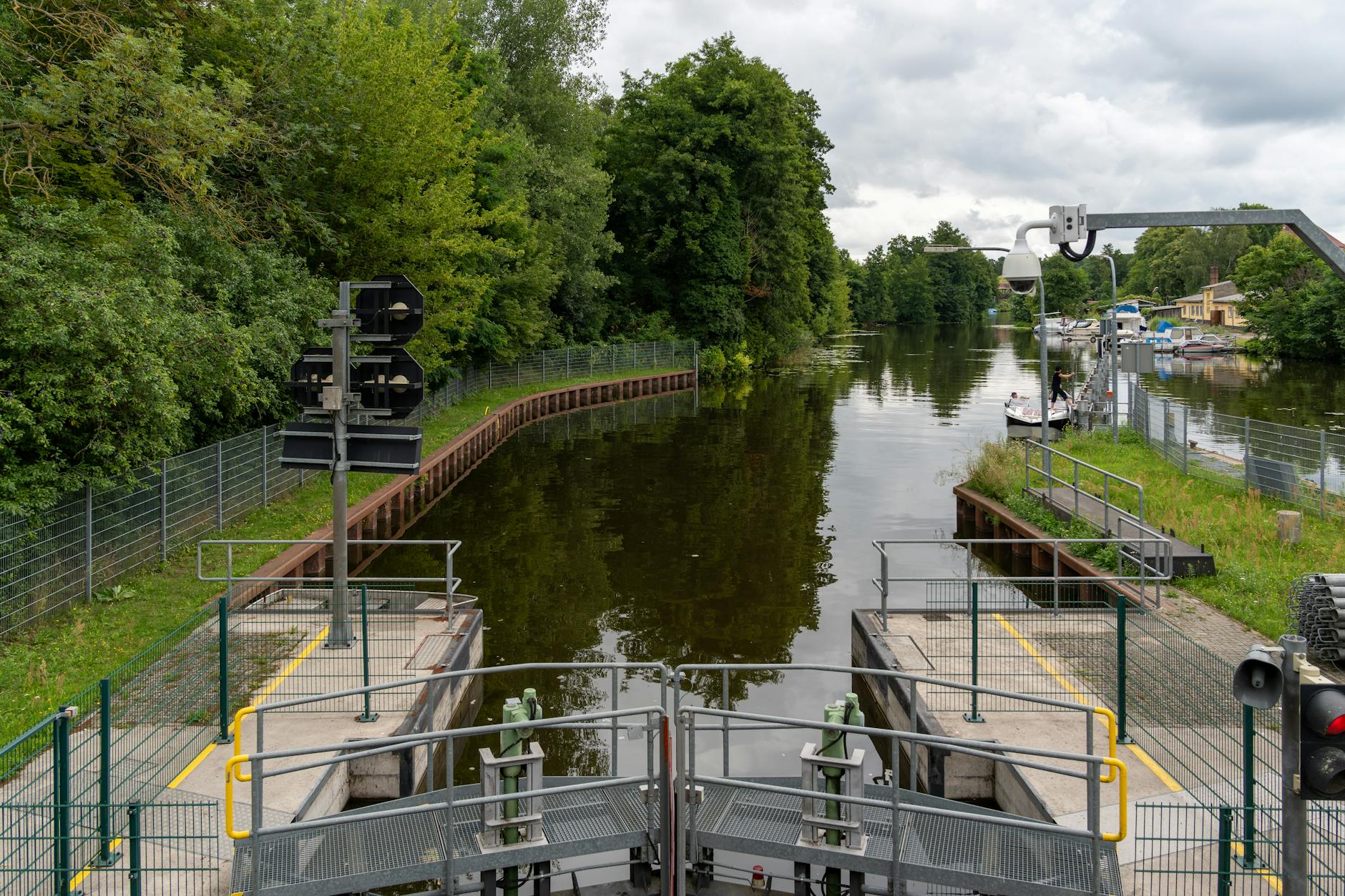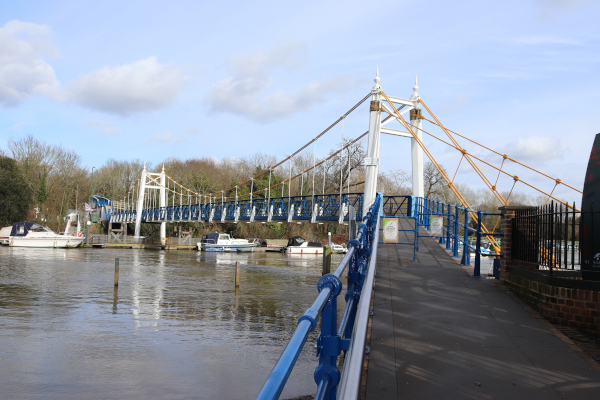Teddington Lock Management: Essential Strategies for Sustainability
Teddington Lock, located on the River Thames in South West London, is not only a key landmark but also plays a crucial role in managing water levels for navigation and flood control. As a significant part of the Thames’ waterway system, the management of Teddington Lock is essential for ensuring both environmental sustainability and effective water management practices. In this article, we will explore some vital strategies that can be implemented to ensure the sustainability of Teddington Lock and its surrounding ecosystem.
The Importance of Sustainable Management
Sustainable management of Teddington Lock is essential to maintain the delicate balance between navigation, flood control, and environmental conservation. The lock regulates the water levels of the River Thames, ensuring smooth passage for boats while also mitigating flood risks downstream. It is crucial to adopt sustainable strategies that not only fulfill these operational needs but also protect the natural environment and biodiversity of the area.
Strategies for Sustainable Lock Operation
1. Efficient Water Use: Implementing water-saving measures at Teddington Lock can help reduce water wastage and ensure optimal usage of this precious resource. Monitoring water levels closely and adjusting the operation of the lock based on environmental conditions can contribute to more sustainable water management practices.
2. Eco-Friendly Infrastructure: Upgrading the lock infrastructure to incorporate eco-friendly materials and technologies can minimize the environmental impact of its operation. This may include using sustainable materials for maintenance and construction work, as well as installing energy-efficient systems to reduce carbon emissions.
3. Biodiversity Conservation: Protecting and enhancing the biodiversity around Teddington Lock is crucial for maintaining a healthy ecosystem. Implementing habitat restoration projects, creating wildlife-friendly spaces, and monitoring ecological indicators can help preserve the rich variety of plant and animal species that inhabit the area.
Community Engagement and Education
Involving the local community in the management of Teddington Lock is essential for long-term sustainability. Educating residents and visitors about the importance of water conservation, biodiversity, and sustainable practices can foster a sense of stewardship towards the lock and its surrounding environment. Organizing community events, workshops, and educational programs can help raise awareness and promote active participation in conservation efforts.
Conclusion
In conclusion, sustainable management of Teddington Lock is critical for preserving the ecological balance of the River Thames and ensuring the long-term viability of this vital waterway infrastructure. By implementing efficient water use practices, eco-friendly infrastructure upgrades, biodiversity conservation initiatives, and community engagement programs, we can safeguard the lock’s sustainability for future generations. It is imperative that all stakeholders, including environmental agencies, local authorities, community groups, and visitors, work together to protect and preserve Teddington Lock for the benefit of both people and nature.



